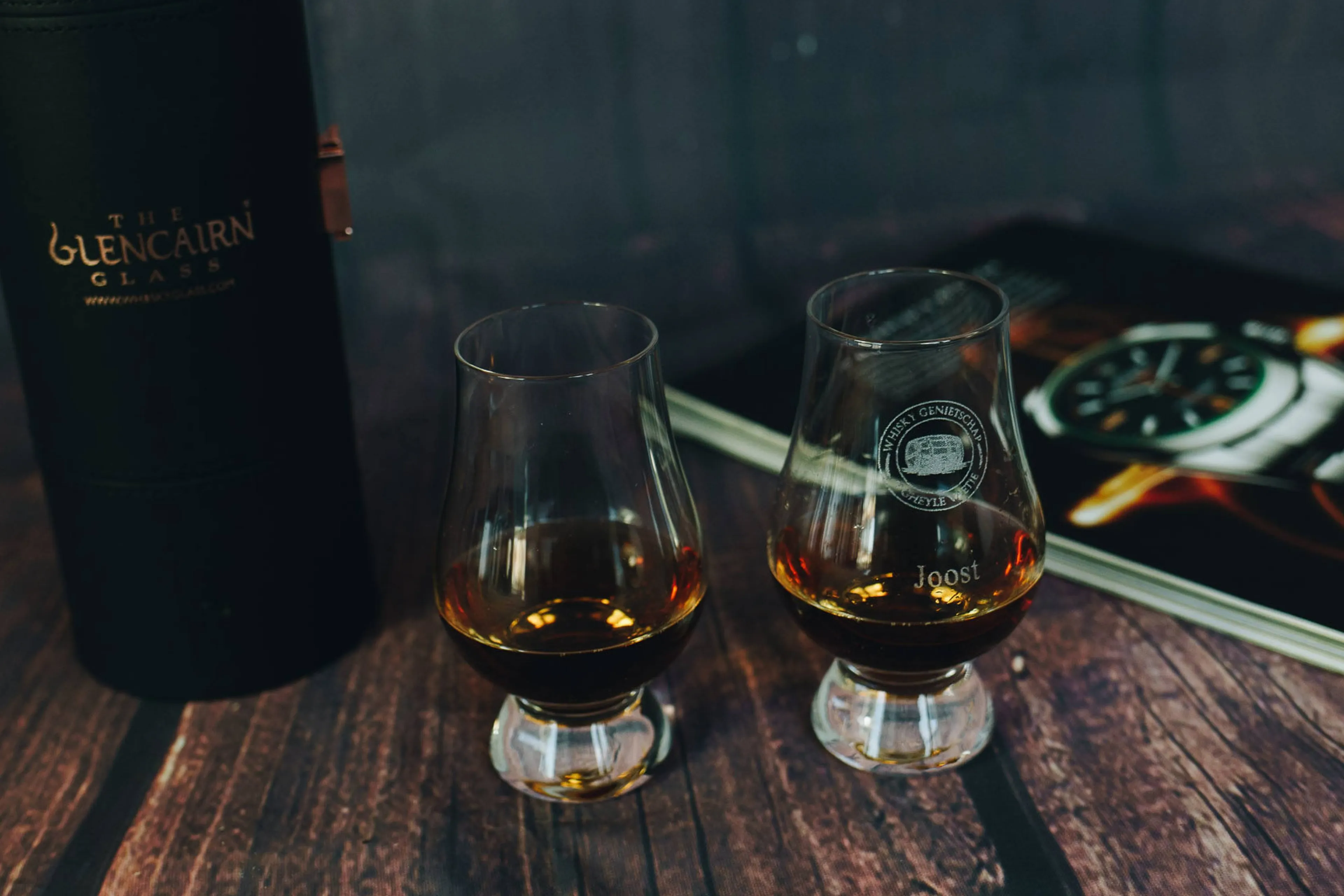The Mash Dictates 80% of the Whisky Flavor We Cherish (How to Whisky)
SectionsSunday, 12 October 2025 at 15:00
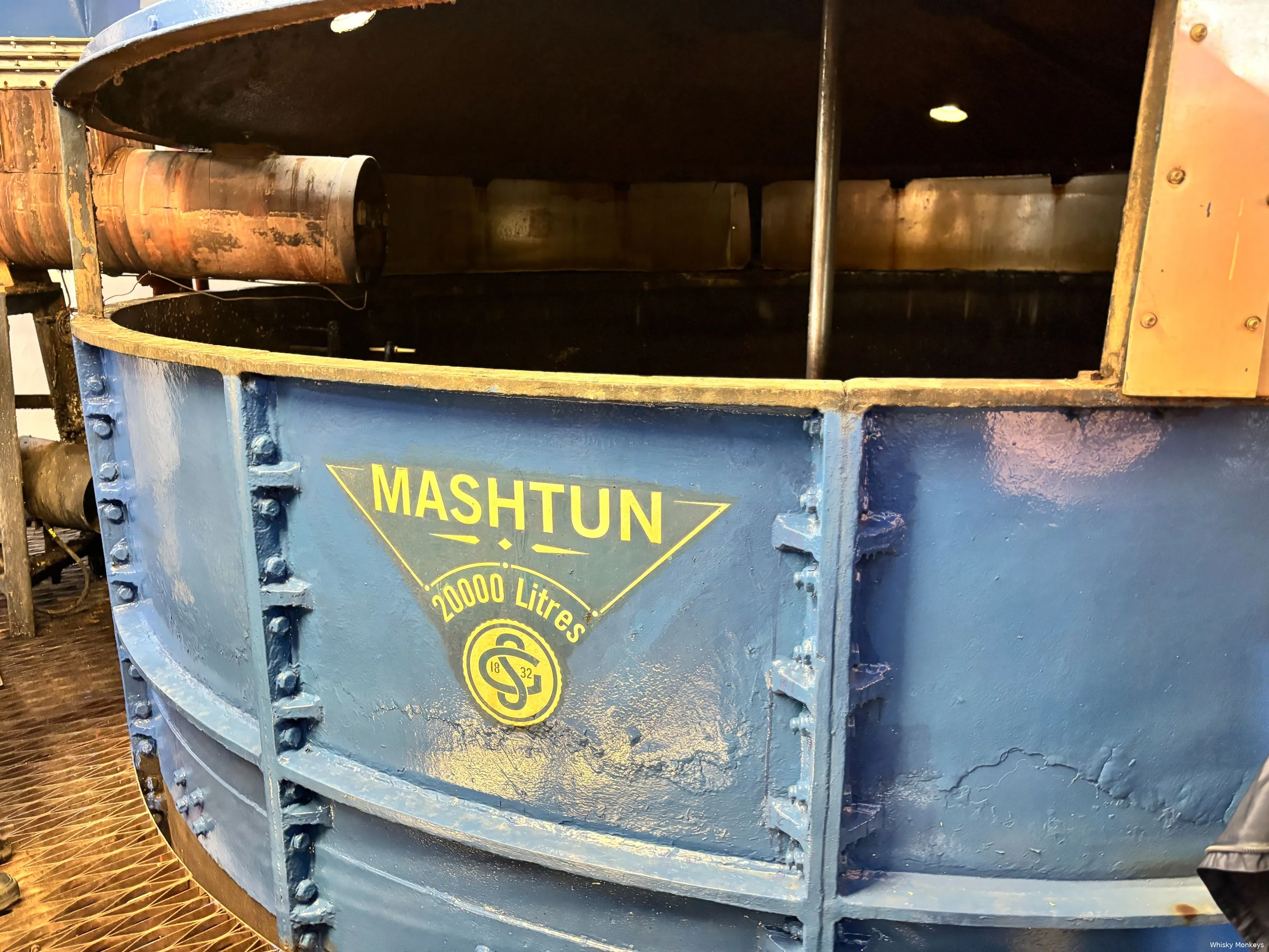
The flavor of whisky is, in part, determined by the aging process in the barrel. However, that's far from the only factor that determines flavor. The mash sets the stage for the flavorful spirit.
FAQ
- What is whisky mash?
It's the mixture of grains and water that eventually gets fermented and forms the base of whisky. - Why is it called a mash bill?
It's called a mash bill because it's a kind of recipe that distilleries adhere to. - Where is whisky mash made?
In the mash tun.
If you want to know more about the flavor of whisky, you'll soon find yourself asking about barrel aging. Questions such as ‘How long was the whisky aged?’ ‘What type of barrel was the whisky aged in?’ and ‘What kind of finish does the whisky have?’ are not uncommon.
But the mash of a whisky is rarely asked about. What kind of grain was used? Was it Concerto barley or something else? Sometimes even a previously extinct type of grain is used. That's just as interesting as the choice of barrel.
Furthermore, the mash creates a crucial foundation for the ultimate flavor and character of a whisky. It's high time to explore what this really is.
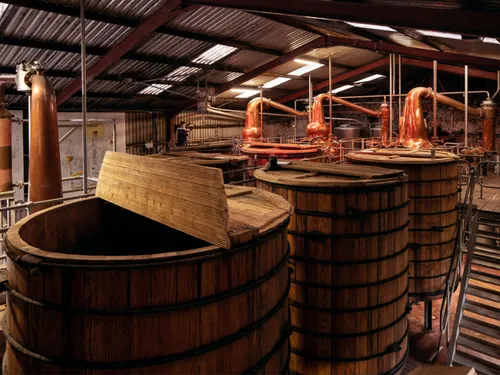
What is the mash in whisky production?
When crafting spirit for whisky, a mash is always made first. It is a blend of ground grain and water. This mix could contain various cereals such as malted barley, rye, wheat or corn.
This mixture is placed into the mash tun, where enzymes are activated to convert the starch in the grains into sugars. This is a critical step, as the sugars are later converted by yeast into alcohol.
Influence of mash composition on flavor
The choice of grains that a distillery adds to the mash influences the resulting flavor of the sugars that are released. For example, rye has a very different character than corn or malted barley.
A mash with a high percentage of corn will result in a sweeter whisky, while a mash with more rye can give it a spicier character. Furthermore, the types of grains used can contribute to the complexity and depth of the final flavor. Imagine the range of possibilities even before a distilling kettle comes into play.
And the Mash Bill, the recipe for the mash, is unique at every distillery. Glen Scotia in Scotland, for instance, distills in a completely different way than Buffalo Trace Distillery in the United States.
Read also
Innovations and experiments with whisky mash
Distilleries experiment with various grain mixes and yeast strains to create unique flavor profiles. Some distilleries use old or wild yeast strains to discover new flavors, while others apply co-fermentation to increase complexity.
The next time you fill your Glencairn glass with the amber-colored liquid, consider everything that went into it. Long before aging began, a variety of processes were hard at work creating the unique flavor in your glass. Ask the distillery what mash they used. The answer might surprise you.
Read also
loading
POPULAR NEWS
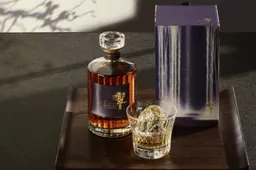
Black Friday 2025 Whiskies at The Whisky Exchange: Don't Miss These Deals

This Brand-New Whisky Distillery Was In Serious Trouble and No One Noticed
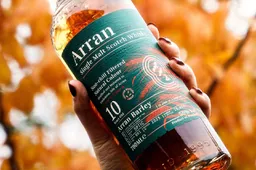
Arran Launches a New Whisky Series with an Exceptionally Fruity Single Malt
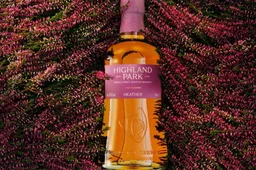
Highland Park's Latest Whisky is Both Floral and Formidable
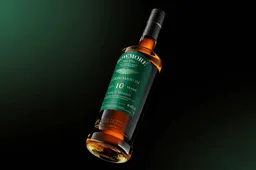
Why Aston Martin Is Suddenly Easing Off the Whisky and Betting Big on Tom Holland

Top 10 Speyside Whiskies to Buy Now or Gift Someone
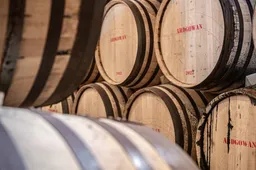
Is Whisky Still a Smart Move in 2025? 5 Reasons It Still Makes Sense
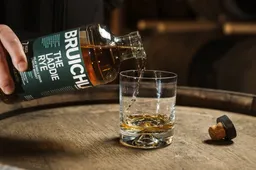
Bruichladdich debuts a new rye whisky, but you won’t find it everywhere
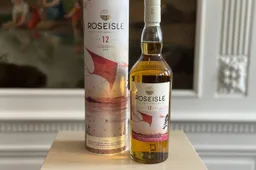
Diageo pauses malt production at a major whisky distillery
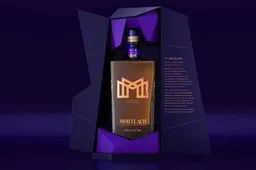
The Beast of Dufftown Unleashes a New Whisky Series Bursting With Bold Flavor
LATEST COMMENTS
- Hi Yvonne, Thank you for your response and for sharing the video. Unfortunately, the evidence you referred to consists only of two people talking about the whisky, without any explanation or identification. We have not spoken to the individuals in the video ourselves, nor can we verify who they are. We describe it as a Chinese whisky because it is released by a Chinese distillery. As you mentioned, the distillery has chosen to label the product as “pure malt” instead of “Chinese whisky.” Based on that, we do not believe they are doing anything illegal.M0nkey16-11-2025
- So - you have the proof......where's your write up?Yvonne16-11-2025
- You are absolutely right. Luckily that doesn't matter for the taste of the whisky. Have you tried it yet?M0nkey05-11-2025
- Guess what? Finland is not part of Scandinavia.Gray105-11-2025
- Throw in the towel? You mean restructure to compete and win in a challenging industry environment.WestwardFounder21-10-2025
- There is nothing legally to prevent the English whisky GI from coming into force, it complies with all the relevant laws and the single malt definition follows the precedent of Welsh whisky and US whiskyChefBear15-10-2025
- Three emails sent (two with videos, linked to a Google Drive Share). 1. The original video. 2. The video with subtitles as it was shared on YouTube 3. Screen grab of the YouTube channel where the video was blocked due to Pernod Ricard lobbying. The story was covered on Drinks Intel at the time - link here - https://drinks-intel.com/subscriber-news/pernod-ricards-the-chuan-pure-malt-whisky-not-sourced-solely-from-china-global-drinks-intel-exclusive/Yvonne10-10-2025
- Hi Yvonne, Thank you for your interesting comment. Could you share your copy with us, so we can adjust our item accordingly? Mail us at [email protected]. Thank you in advance.M0nkey09-10-2025
- Let's keep this factually correct. Pernod Ricard DID NOT release a Chinese whisky. Their first output from The Chuan (the name of the distillery in Sichuan, China) wasn't fit for bottling. What they actually bottled was imported Scotch whisky. This is why the product is called "PURE MALT" and not "Chinese Whisky" - because Pure Malt is not a regulated term - this is not a secret. This was exposed about a week after they released it. There were even videos about their own staff on site admitting it was made from imported whisky - which Pernod Ricard got the lawyers onto to get the video pulled. I've got a copy if you want it.Yvonne09-10-2025
Loading
